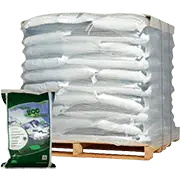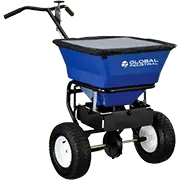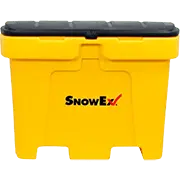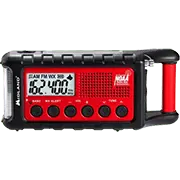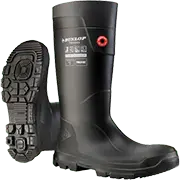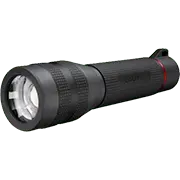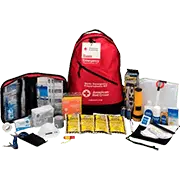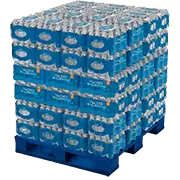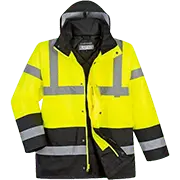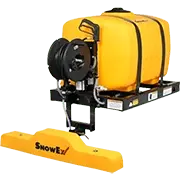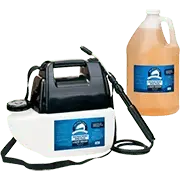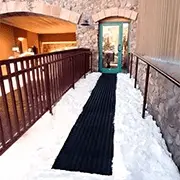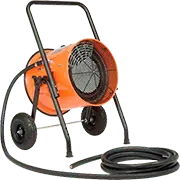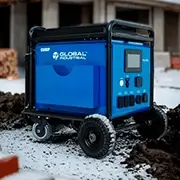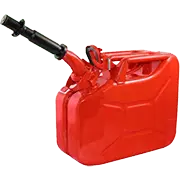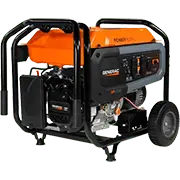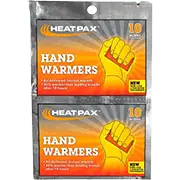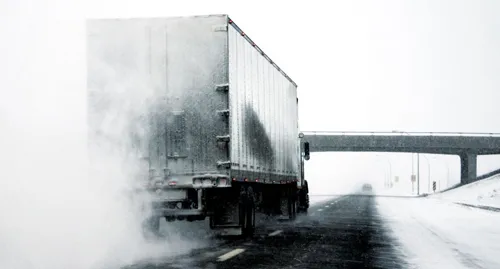Why Preparing for Snow & Ice Storms Matters
Severe winter conditions can disrupt operations, endanger employees, and damage facilities. Snow, ice, and freezing temperatures can cause disruptions including outages, supply delays, and accidents. Preparation is key to protecting assets, maintaining continuity, and keeping teams safe while minimizing downtime and recovering quickly.

Team Safety
Keep staff safe from winter hazards including cold temperatures, slippery ice, snow drifts and more.

Business Continuity
Maintain operations & productivity during ice or snow storms and infrastructure outages.

Facility & Equipment Care
Protect building, equipment, and inventory from freezing conditions.
Get Prepared Today - Download Our Winter Preparedness Checklist!
Download Our Winter Preparedness Checklist!
Get the essential steps and supplies to stay safe before, during, and after Snow & Ice Storms.
Before Before Snow & Ice Storms: Plan and Prepare
Winter storms bring snow, ice, and freezing temperatures that can halt operations and threaten safety. Inspect roofs, walkways, and parking areas for hazards, stock salt, sand, and emergency supplies, and ensure backup power and heating systems are functional.
Essential Products to Prepare for Snow & Ice Storms
Preparing your Facility for Snow & Ice Storms
Extreme winter weather can create hazards for your facility—from slippery, icy walkways and roof damage caused by heavy snow to frozen pipes and power outages. Preparation for these hazards ensures your building, equipment, and employees stay safe while operations continue.
Inspect Facilities
Inspect & clear roofs, gutters, and walkways of hazards.
Plan Operational Continuity
Identify critical functions and contingency procedures.
Creating Snow & Ice Storms Evacuation Plan
Winter storms can strike quickly, creating hazards like icy roads, power outages, and structural damage. A well-defined evacuation plan ensures employees know how to exit safely, where to go, and how to stay informed during emergencies.
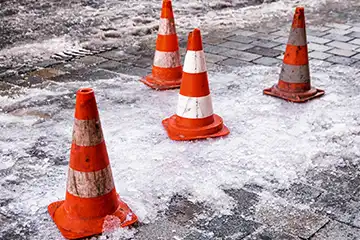
Identify Winter Hazards
Pinpoint icy walkways, snow-covered exits, and slippery areas.
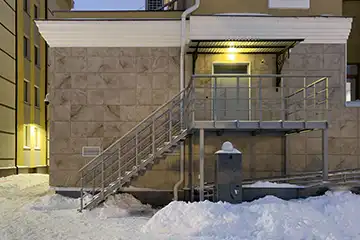
Map Winter-Safe Routes
Choose roads that avoid areas where snow, ice, and other winter hazards are common.
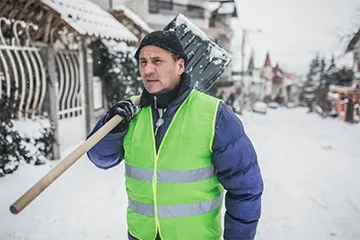
Assign Winter Response Roles
Designate staff to guide evacuations and monitor hazardous conditions.
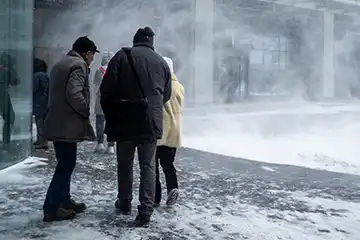
Practice Winter Drills
Conduct drills in simulated winter conditions to ensure readiness.
During During Snow & Ice Storms: Stay Safe and Operational
When snow, ice, and freezing conditions hit, follow safety protocols and monitor hazards closely. Keep staff informed, limit exposure to dangerous areas, and maintain essential operations until conditions improve.
Safety Tips To Follow
Hazardous winter weather increases the likelihood for slips, falls, and other accidents. Following practical safety measures helps protect employees, reduce risks, and maintain operations during severe winter conditions.
Keep Walkways Clear
Use shovels & snow blowers to remove snow, and apply salt or sand to patches of ice.
After After Snow & Ice Storms: Assess, Recover, and Resume
Once snow and ice melt, check roofs for leaks, walkways for lingering ice, and pipes for freezing damage. Clear debris, restore equipment, and address any operational disruptions. Acting quickly ensures employee safety, prevents further winter-related damage, and gets your facility back to full productivity.
Essential Products to Recover After Snow & Ice Storms
Steps to Recover Safely
After snow, ice, and freezing conditions, restoring a safe environment is critical. Inspect your facility for hazards, remove lingering ice or debris, and ensure all systems and equipment are functioning properly. Taking a structured approach protects employees, prevents accidents, and helps operations resume efficiently.
Clear Remaining Ice
Remove patches from walkways, roofs, and entrances.
Inspect for Water Damage
Check ceilings, walls, and pipes.
Check Systems
Test heating, generators, and electrical equipment.
Review Response
Evaluate your winter plan and update for next time.
Additional Resources & Expert Guides
Find practical guides, checklists, and expert advice tailored to Snow & Ice Storms emergencies. Use these resources to strengthen your evacuation plans, maintain safe operations, and respond effectively to snow, ice, and freezing conditions.
